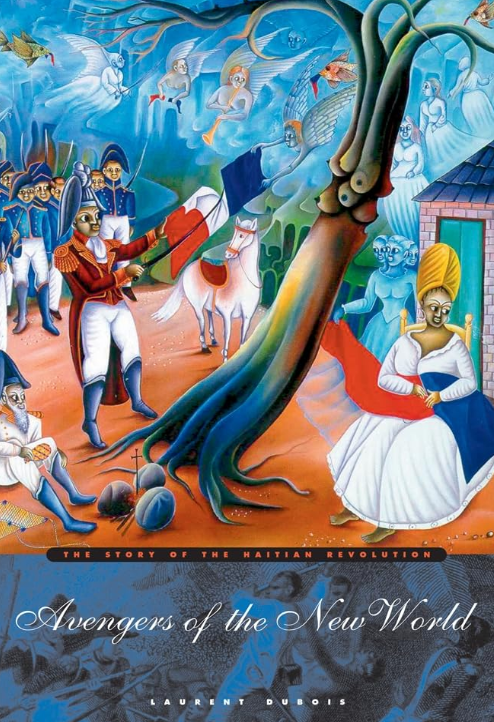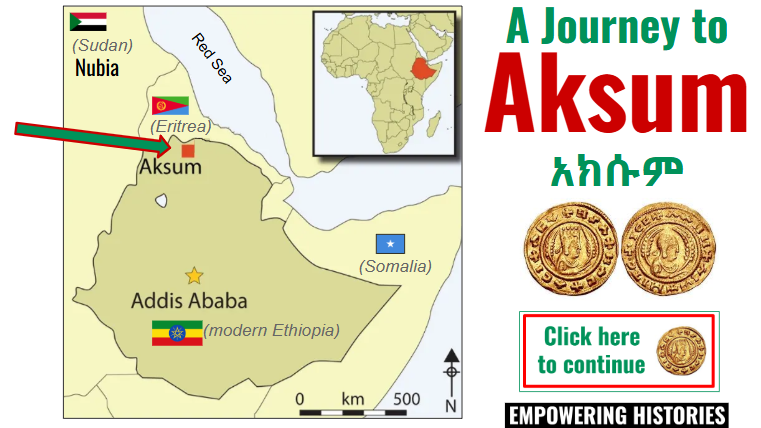This summer has been full of milestones! Empowering Histories is now officially registered as a nonprofit in my home state of Michigan, and I’ve led my first AP Summer Institutes as a consultant for AP African American Studies. I’ve also been taking some time to catch my breath, reset, and reflect on what’s next. On top of that, I’m switching classrooms… which is a pain… but for the first time in a decade, I’ll have a window this year!! (Well, sort of… the trash compactor sits right outside it, but at least some natural light still sneaks in.)
I’m also still celebrating my students’ incredible success from this past year. Their amazing AP Exam results have added extra validation to my approach in this still very new AP African American Studies course. But, as always, I’m thinking about ways to improve and tweak for the year ahead.
DBQ Updates from MY First AP African American Studies Reading
This summer, I gave up a table leader position at the AP World Reading to participate in the first-ever DBQ reading for AP African American Studies, and I’m so glad I did! I’ll be sharing a separate full post soon with everything I learned at the APAFAM Reading, including a few shifts in my DBQ approach this fall: scoring tips, how I scaffold the “reasoning skill” point, and strategies for using secondary sources more intentionally in instruction. But for now, I’ll share just a few reflections on the AP AFAM DBQ.
Though the AP African American Studies DBQ accounts for a smaller portion of the exam score (just 12.5%, compared to 25% in other AP History courses), the DBQ remains central to APAFAM because it reflects all the course skills in one question. This backed by data from this year’s test results that Trevor Packer, head of the AP program, shared this summer:
“Students who were unable to engage with (the DBQ) are generally receiving a 1 or 2 (overall), as the skills demanded by this question are necessary for college credit and placement… and students able to earn 6–7 points (on the DBQ) are generally receiving AP 5s.”
A secondary source that I’ve added to an old DBQ
One major difference in the APAFAM DBQ is the inclusion of secondary sources. At first, I was skeptical, it can feel like the historian is doing the work for students. But after a week of scoring and analyzing student responses, I’m fully on board. Why? Because engaging with secondary sources is a key academic skill. Historians don’t just interpret documents, they wrestle with other historians’ arguments. Incorporating secondary sources pushes students to evaluate and respond to historical interpretations, not just primary evidence. It also opens up the opportunity to introduce students to the voices of leading scholars. I’m honestly looking forward to selecting powerful passages from some of my favorite historians and weaving them into future DBQs that I create for my students.
As part of this shift, I’ll be updating all the DBQs on my site to include a secondary source. The first updated one is the Unit 2 Haitian Revolution DBQ, which now features a quote from Laurent Dubois’ brilliant Avengers of the New World (2004).
Empowering Histories: State Nonprofit Status & Federal Application Pending
I’m excited to share that Empowering Histories is now officially registered as a nonprofit in my home state! I’ve also applied for federal 501(c)(3) status and am currently waiting to hear back from the IRS.
As the site continues to grow and take more of my time, I’ve been looking for ways to make this work more sustainable for my life and family, without ever charging fellow public educators. Becoming a nonprofit opens the door for future partnerships and funding opportunities that can help keep resources free, expand impact, and support the continued growth of antiracist US History curriculum and African American Studies courses across the country.
One consequence of the site's growth has been my inability to reply to questions or emails as quickly as I would like, if I’ve been slower to respond to emails lately, thank you for your patience! This project means a lot to me, and I’m committed to doing what I can to support teachers who are working to incorporate diverse voices, scholarly perspectives, and empowering approaches into their classrooms.
What’s Next: 2025–2026 Plans
My goal is to continue updating the site with new materials throughout the year. I’m thrilled that AP African American Studies is now the fastest-growing AP course in the country, and feedback from students and teachers has been overwhelmingly positive. I hope to support that growth by sharing lessons that worked in my own classroom.
The first new lesson I’m releasing this year is one I created and tested last fall. It pairs with Topic 1.4 and is titled: “Journey to Aksum”
In this 55-minute lesson, students take a virtual tour of the ancient East African empire of Aksum via interactive Google Slides. Along the way, they will Analyze inscriptions from King Ezana’s stele, explore clickable maps of Aksum’s capital and regional influence, interpret art from the Ethiopian Orthodox Bible, and examine foreign accounts of Aksum’s power from Rome, Persia, and Byzantium
The lesson builds AP readiness with scaffolded document analysis using the S.P.Y. method, multiple-choice practice, and thesis writing—all designed to deepen students’ understanding of Aksum’s role as a major world power. The link includes printable handouts and everything you need to dive right in.
More lessons for each unit will follow later in the summer and throughout the school year!
For those of you already back in the classroom, cheers to another great year of empowering students through inclusive, honest, and rigorous history teaching!


